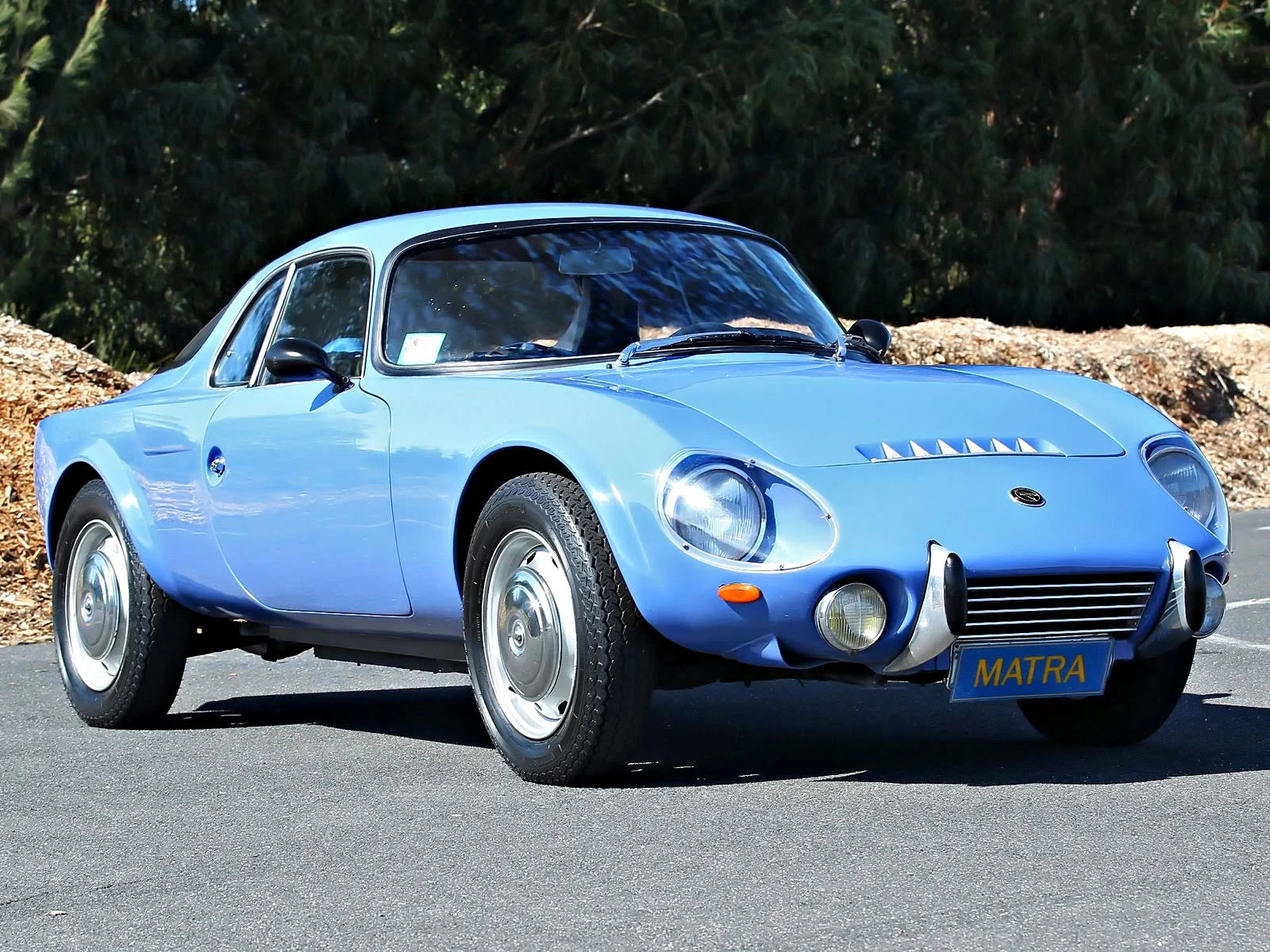The Nostalgia of Forgotten Gods: Matra, France, 1965-2003
06 April 2024 2 min read 5 images

Photo credit: Matra, Renault, Wheelsage
Matra was founded in France at the beginning of World War II to operate in the aviation and defense sectors and then moved into the aerospace and transportation fields after the war. A key figure for Matra was engineer Jean Luc Lagardère, who was chosen in 1962 by founders Marcel Chassagny and Sylvain Floirat as the company's chief executive officer. With his help, new fields were explored, diversifying its activities in automation, telecommunications, information technology, urban transportation, and automobiles.
Register to unlock this article
Signing up is free and gives you access to hundreds of articles and additional benefits. See what’s included in your free membership. See what's included in your free membership.
Already have an account? Log In

